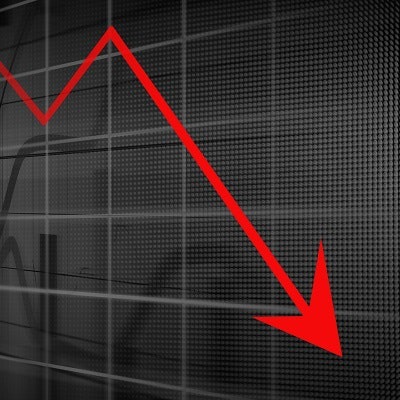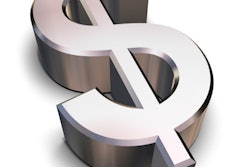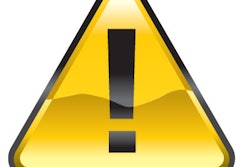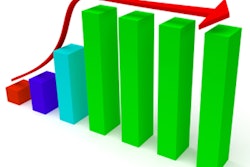
Dental spending in the U.S. is estimated to plummet by up to 38% of projected pre-COVID-19 levels in 2020. At roughly $92 billion, that would be $56 billion less than projected before the pandemic, according to the latest data released by the ADA's Health Policy Institute (HPI).
Spending would fall an estimated 19% to $125 billion in 2021, said Marko Vujicic, PhD, chief economist and vice president of HPI, during a June 23 webinar. These figures hinge on the economy recovering to 80% of projected prepandemic levels by January 2021. All projections are based on those the U.S. Centers for Medicare and Medicaid Services made a few years prior to COVID-19, which were $148 billion in 2020 and approximately $155 billion in 2021.
"I'm not convinced we will be back to 100%. We anticipate some plateauing," Vujicic said.
These stats may be harrowing to dentists and their teams, but the projections are not nearly as ugly as the ones previously reported in the spring by HPI. In April, the institute projected that U.S. dental care spending would face a dip of up to 66% in 2020 and 32% in 2021. Under the April projection, total dental spending in 2020 would be $49.6 billion and recover by about 80% to $104.3 billion in 2021.
A robust return but so many unknowns
Though the dental economy is steadily rebounding with 97% of dental practices reopened, and patient volumes had rebounded to 65% as of June 15, several other factors may hinder a smooth recovery.
Vujicic called this projection the most realistic of the four presented, citing the lagging effects of an economy that has been strangled by the world's months-long battle with COVID-19 and the resulting high unemployment figures. Though about 245,000 workers in the dental industry returned to their jobs in May, approximately 21 million people in numerous industries in the country remained out of work, according to the U.S. Bureau of Labor and Statistics.
HPI made these projections based on those factors, as well as on how dentistry fared following the Great Recession, which occurred between December 2007 and June 2009. The industry never made a complete recovery: It reached about 80% of prerecession levels by about 2017, Vujicic said.
"We feel we will land in this scenario of 80% rebound by January 2021," he said. "The scenario is more realistic at this stage."
Even the best shows a loss
Under the best-case scenario, in which dental spending recovered to 100% of projected levels by October 2020, the industry would still face a significant loss this year. Dental spending would dip an estimated 31% in 2020 but would see no decrease in 2021.
Additionally, it's important to remember that these projections do not include how a second wave of COVID-19 in the U.S. would affect these numbers. No one knows whether states would reinstate lockdowns and state-at-home-orders or whether the ADA and the U.S. Centers for Disease Control and Prevention would recommend all practices postpone nonemergency dental care services again.
"If it happens, I'm not sure how it will affect the economy," Vujicic said. "Several states are seeing increases now, and it's not a second wave.



















